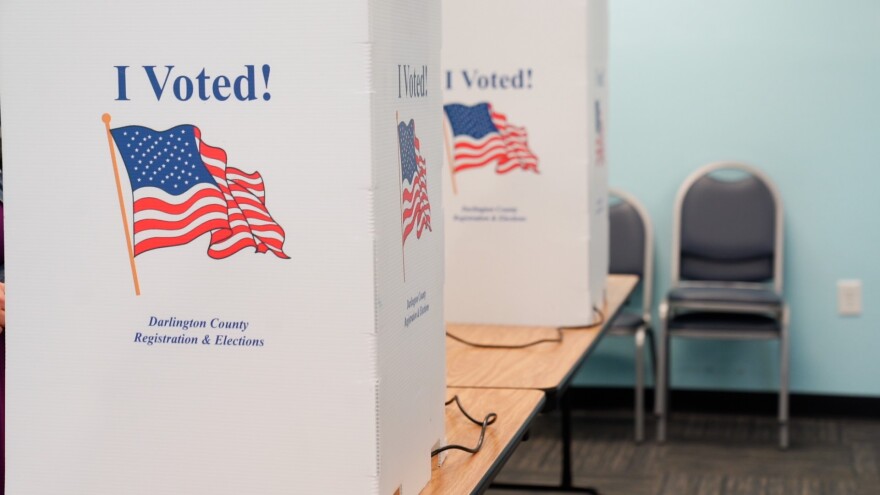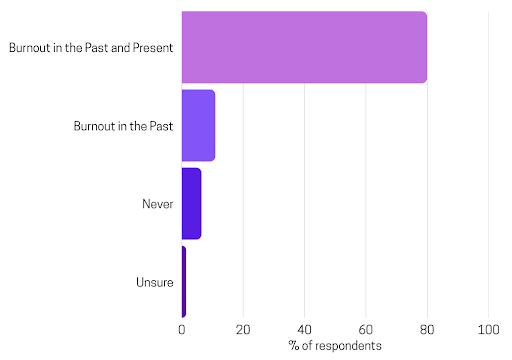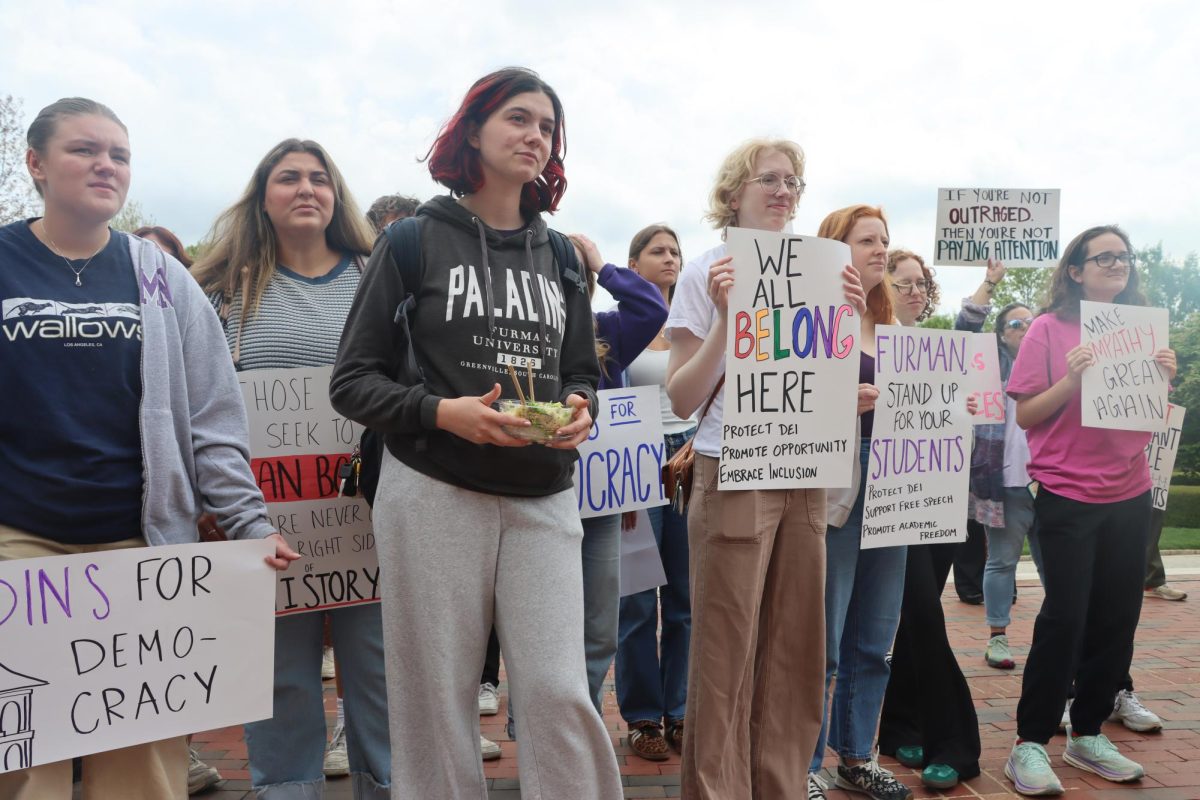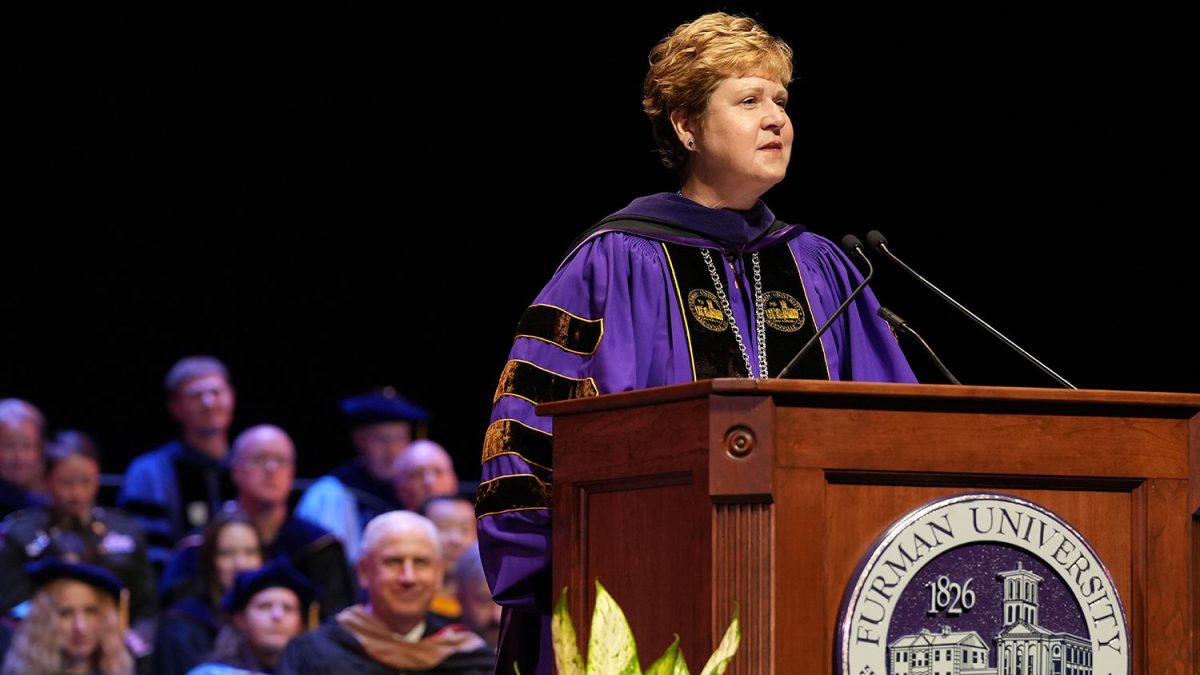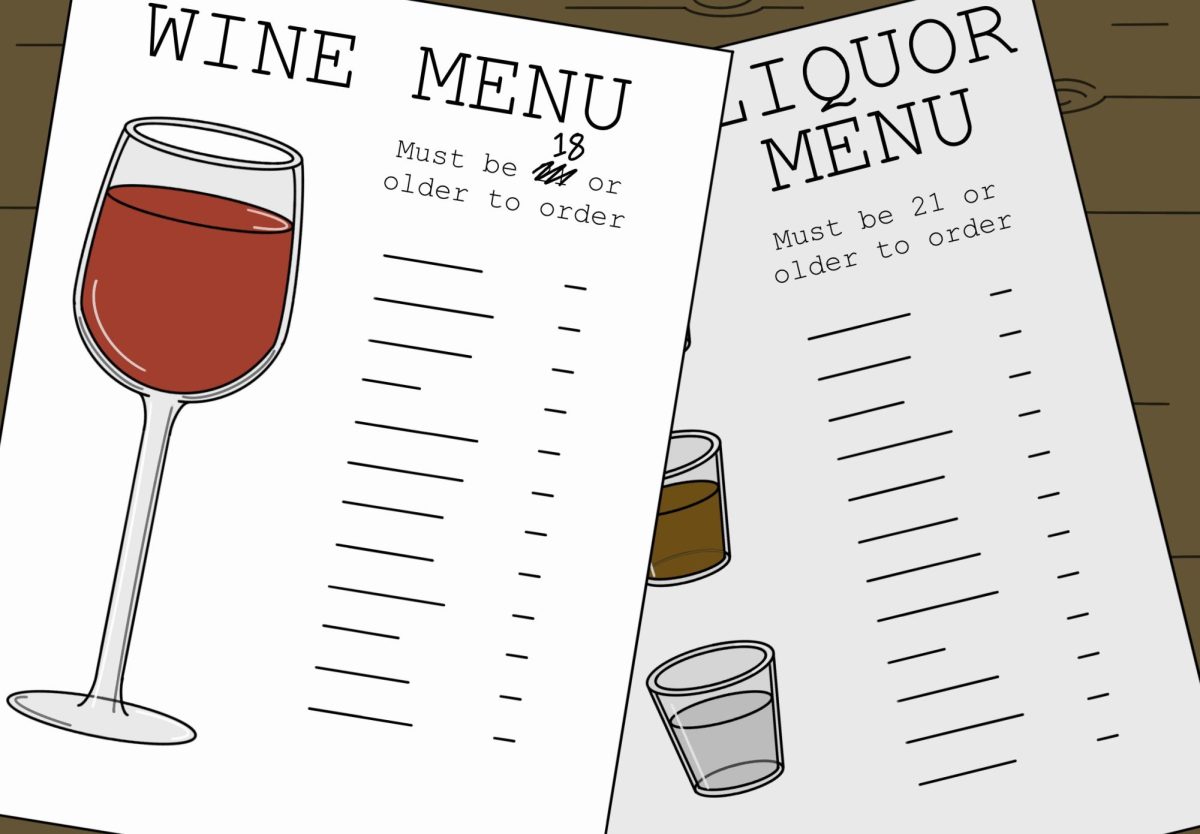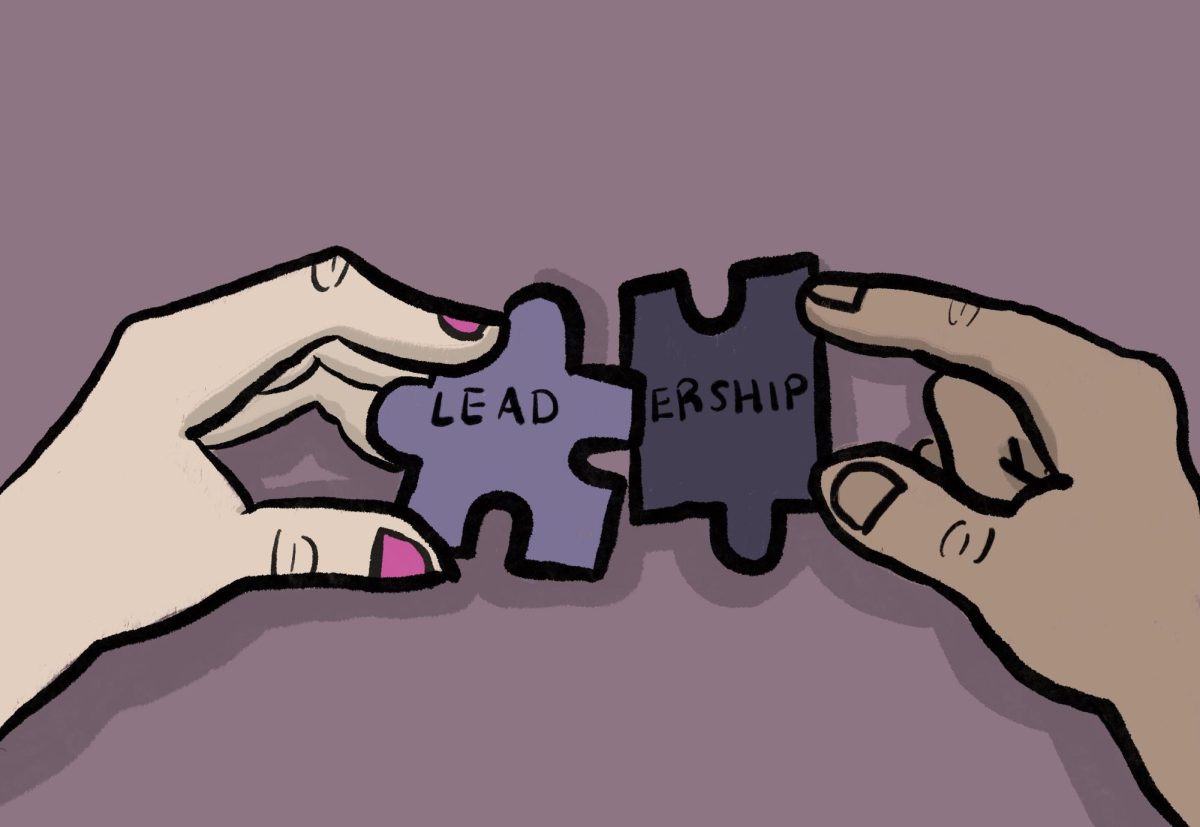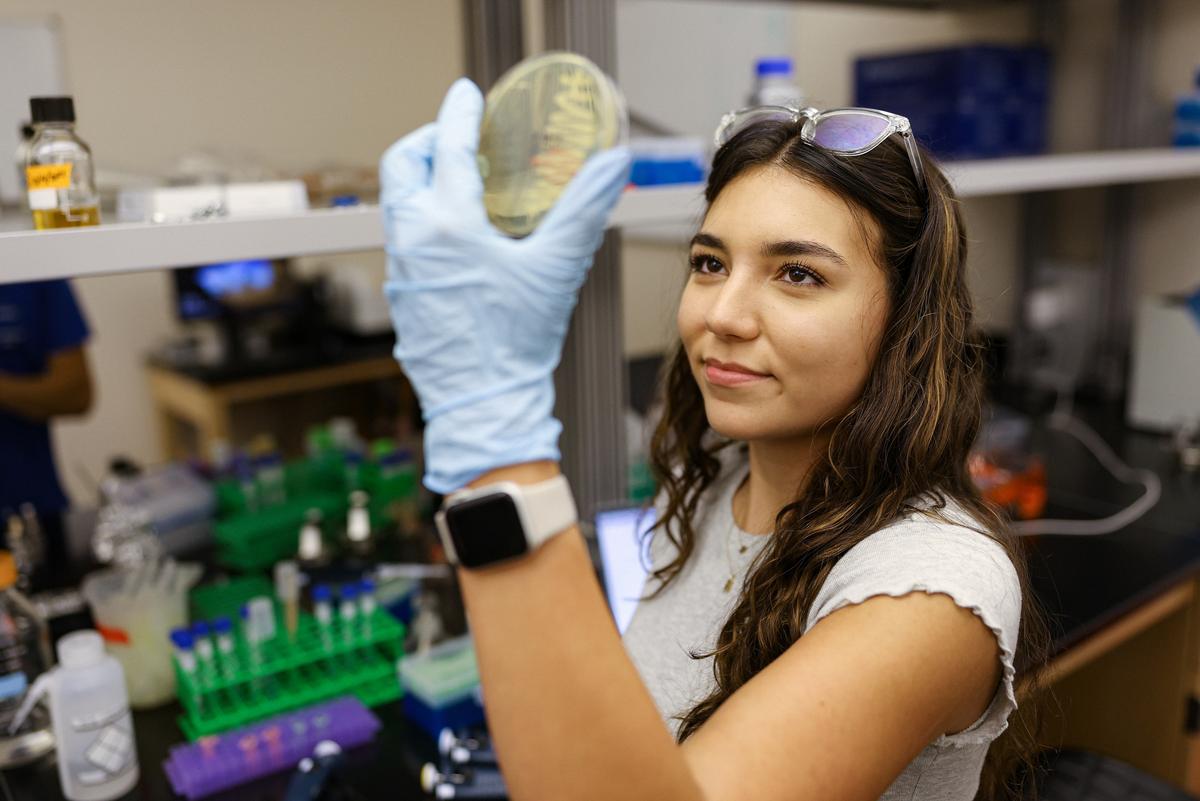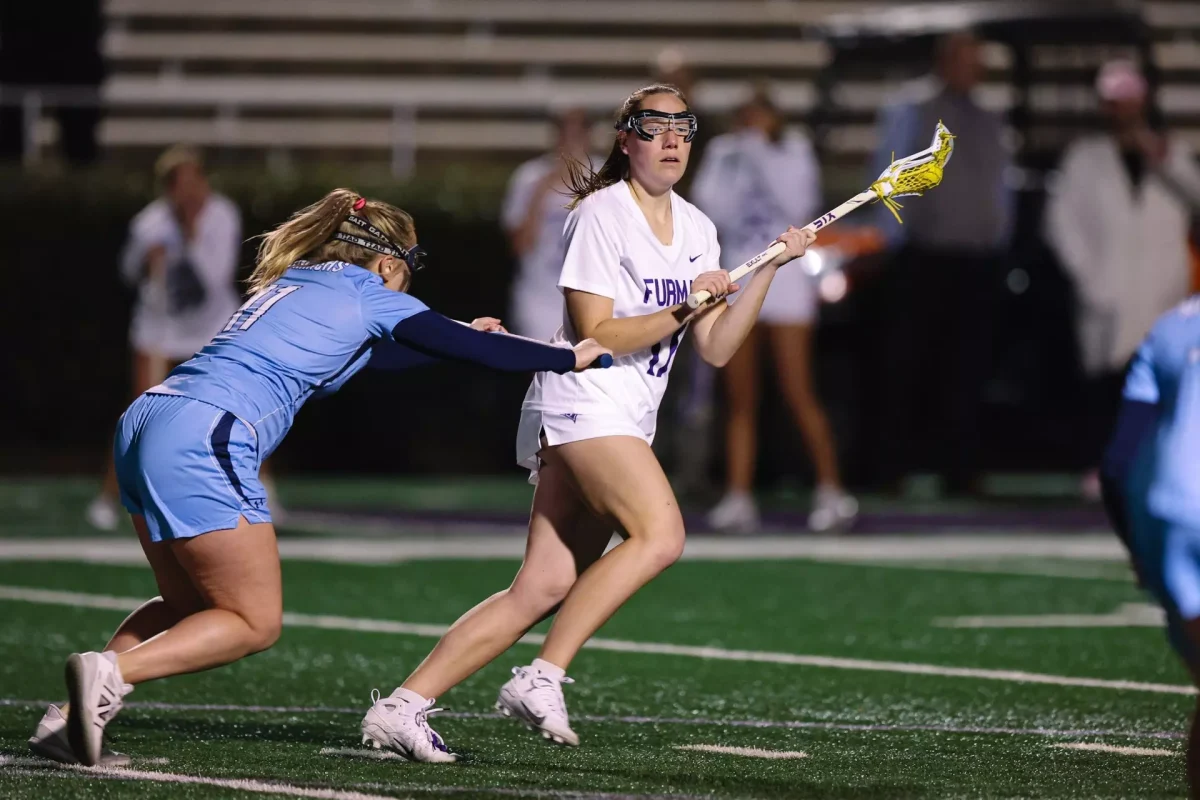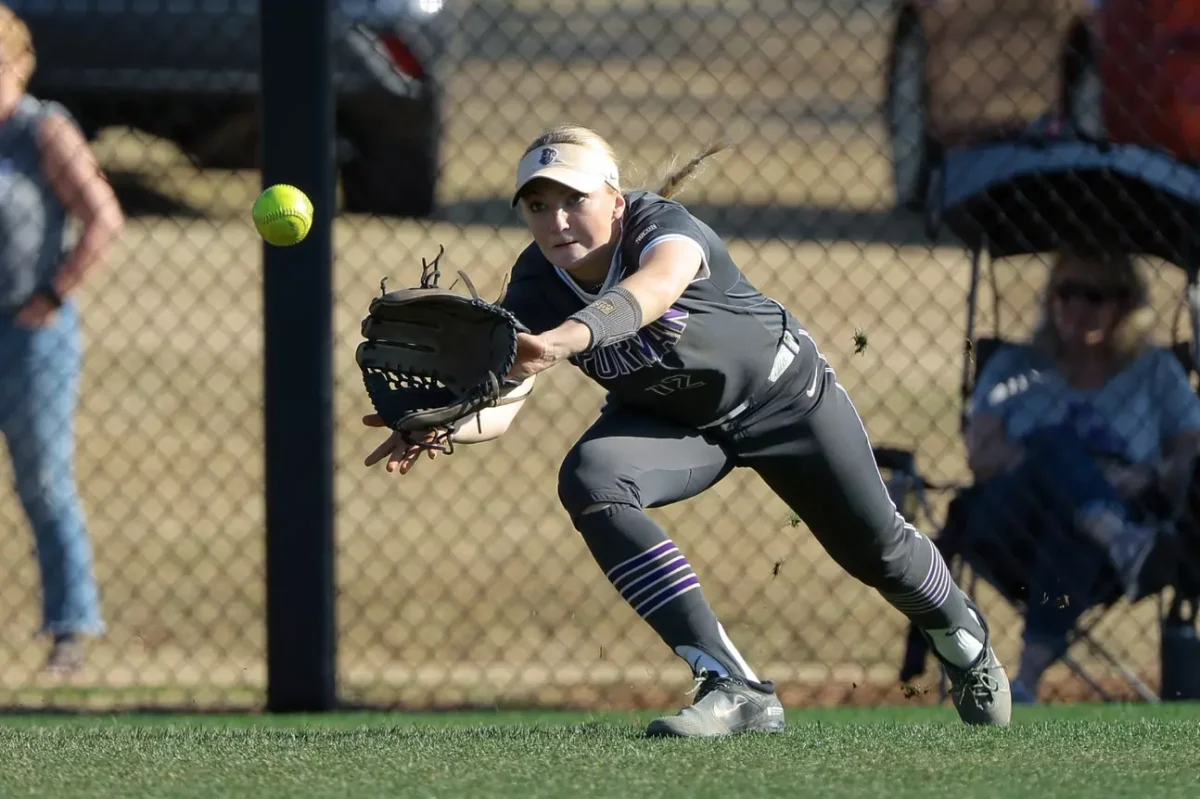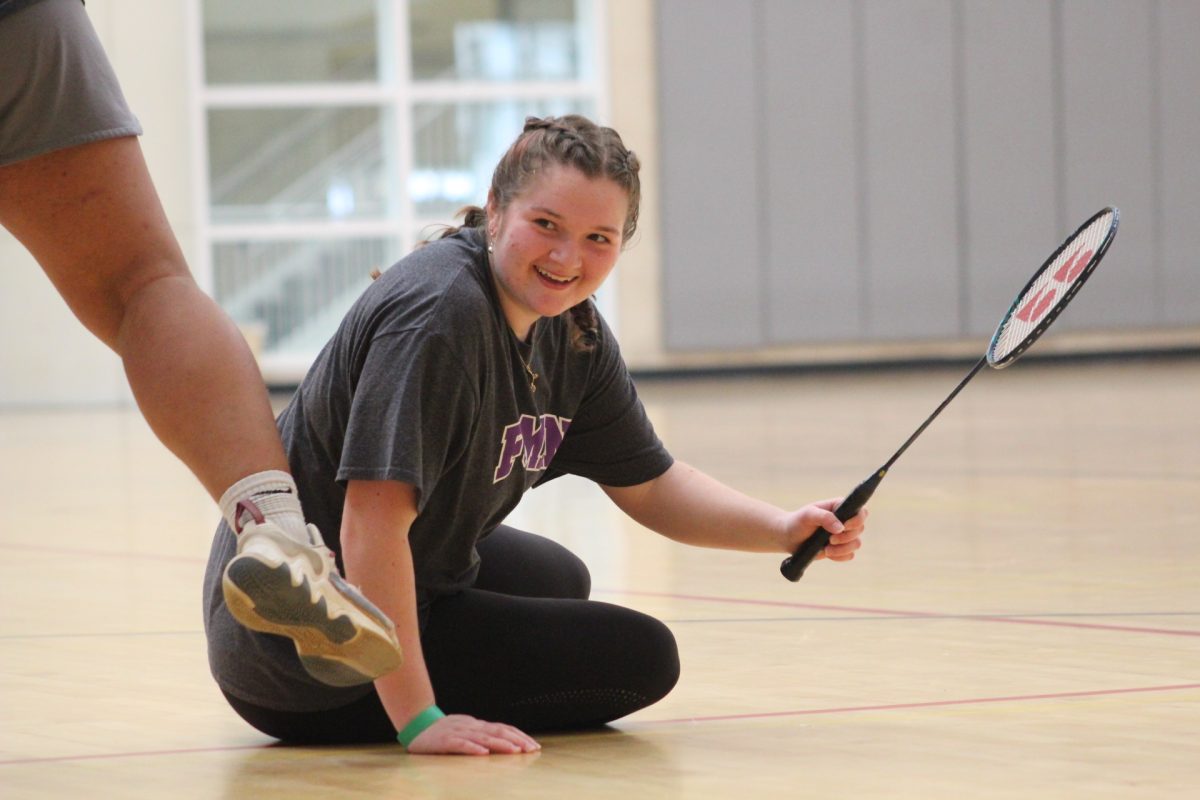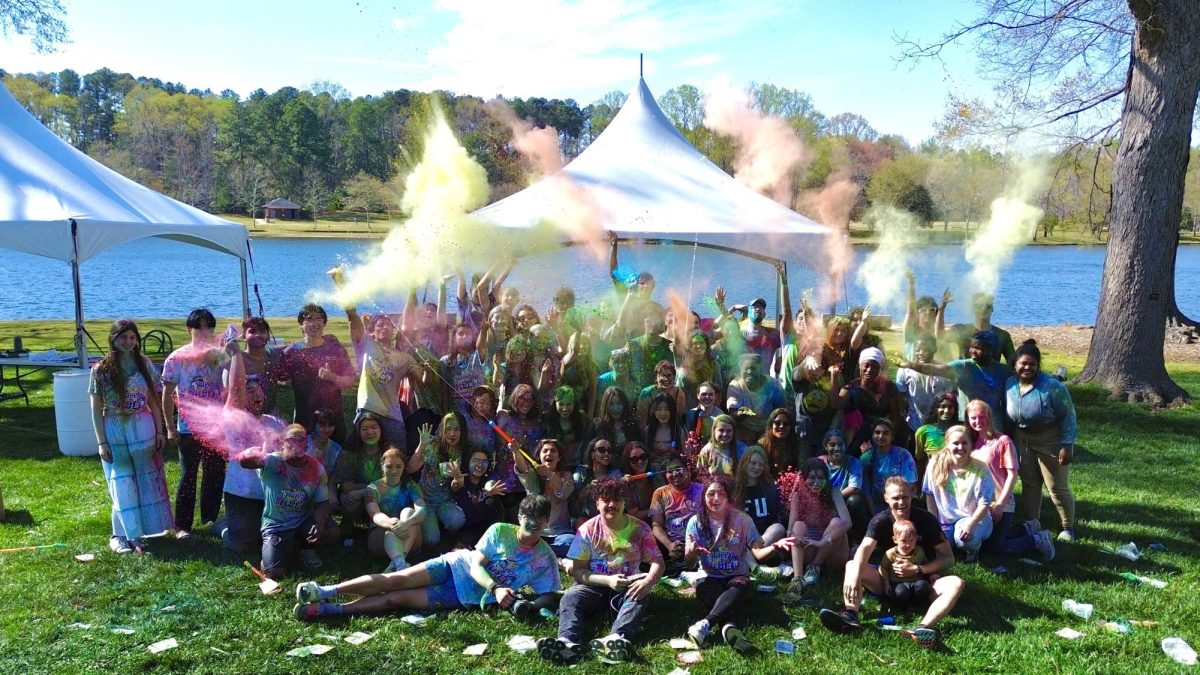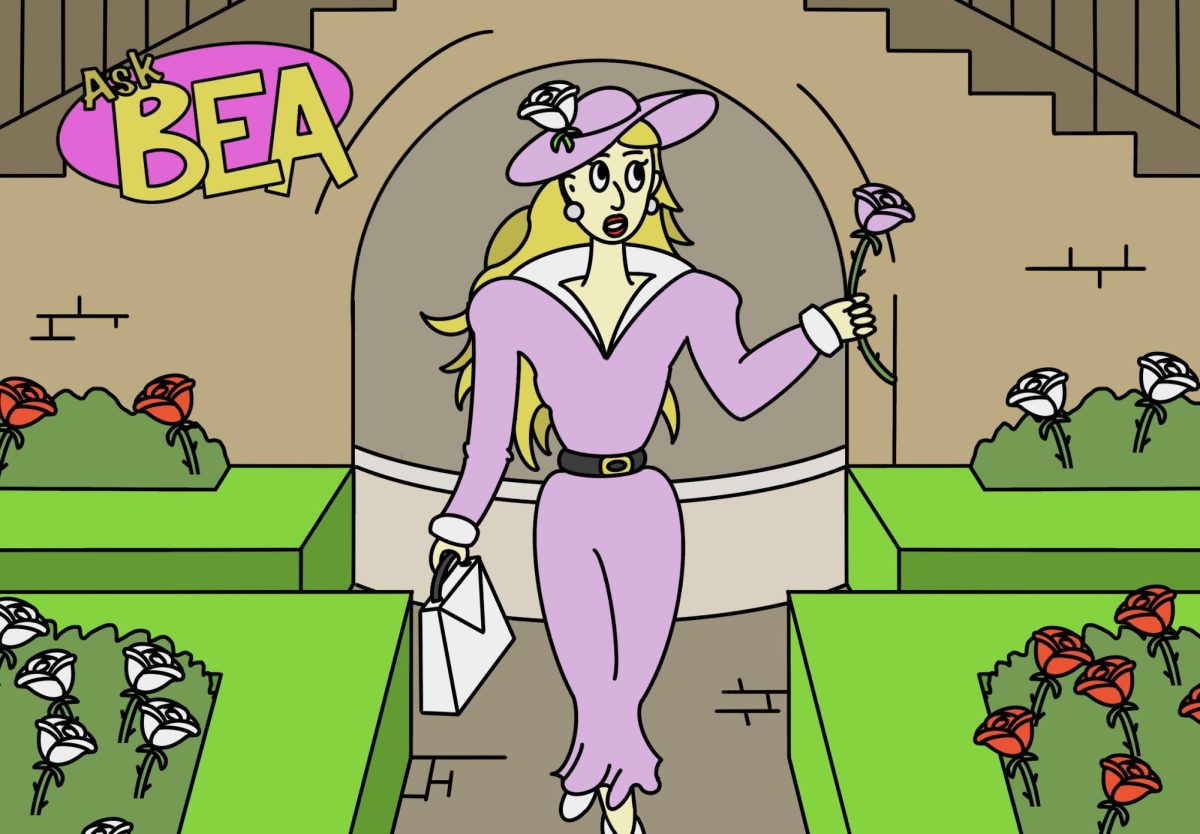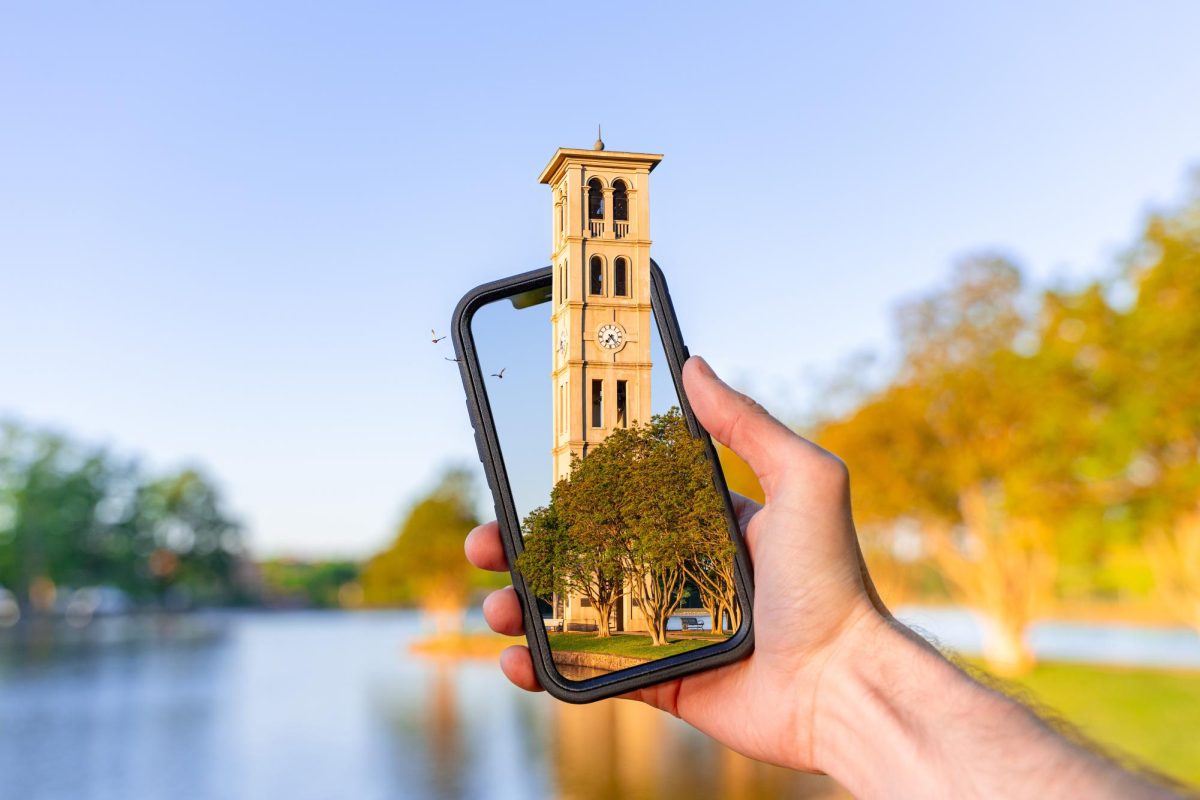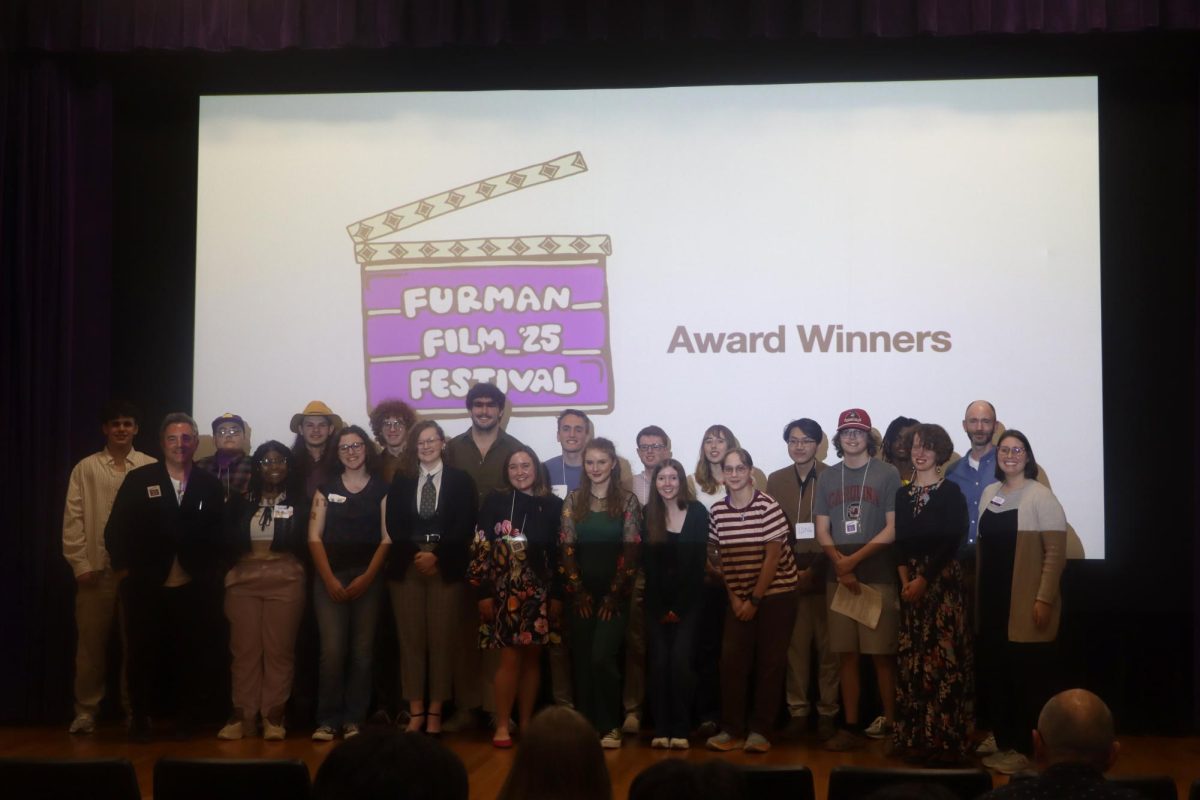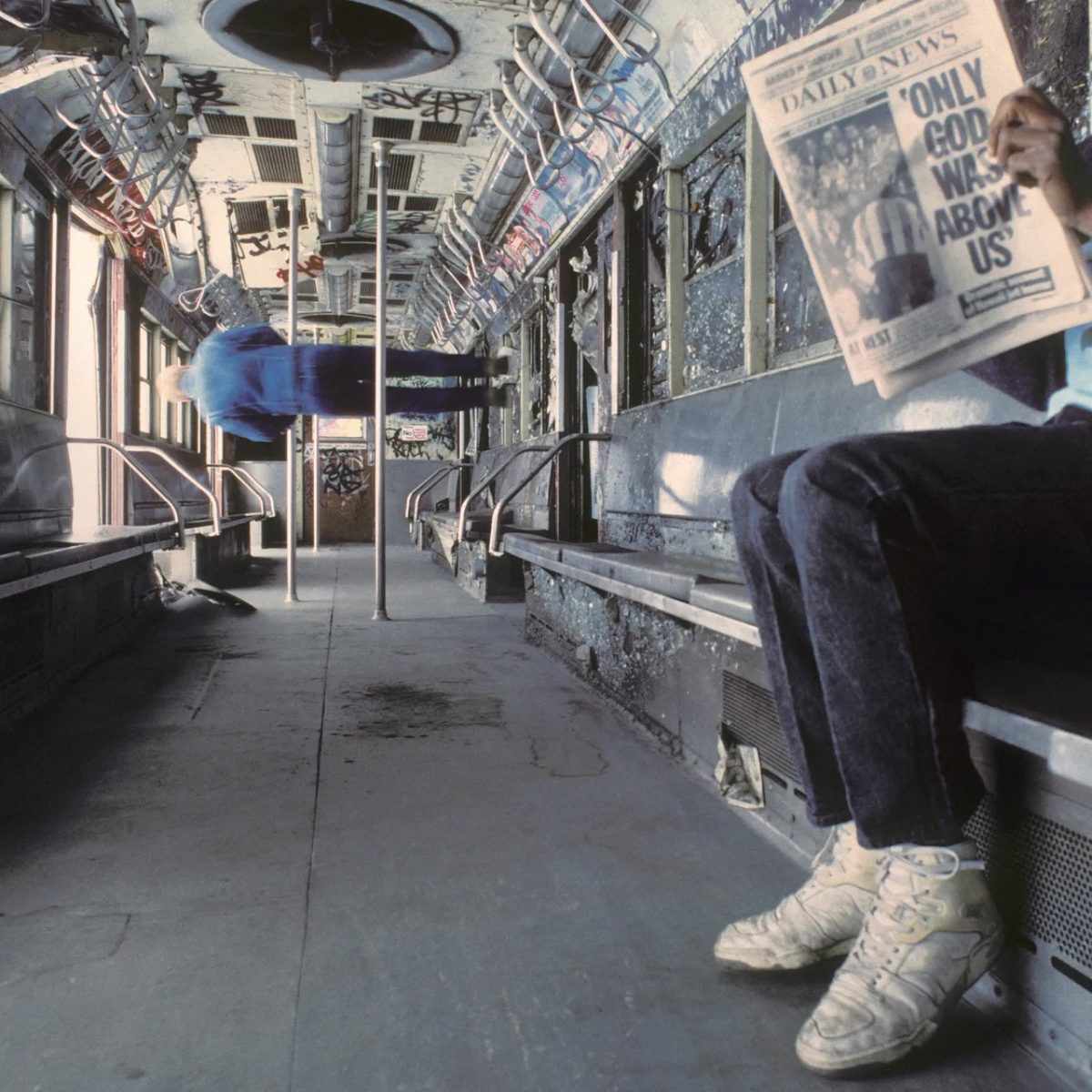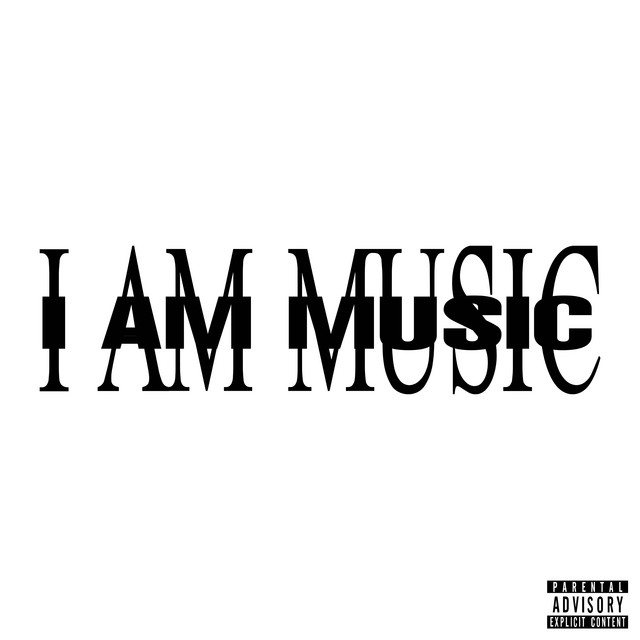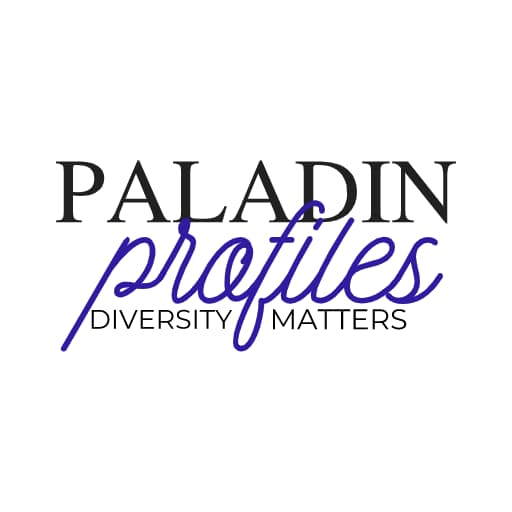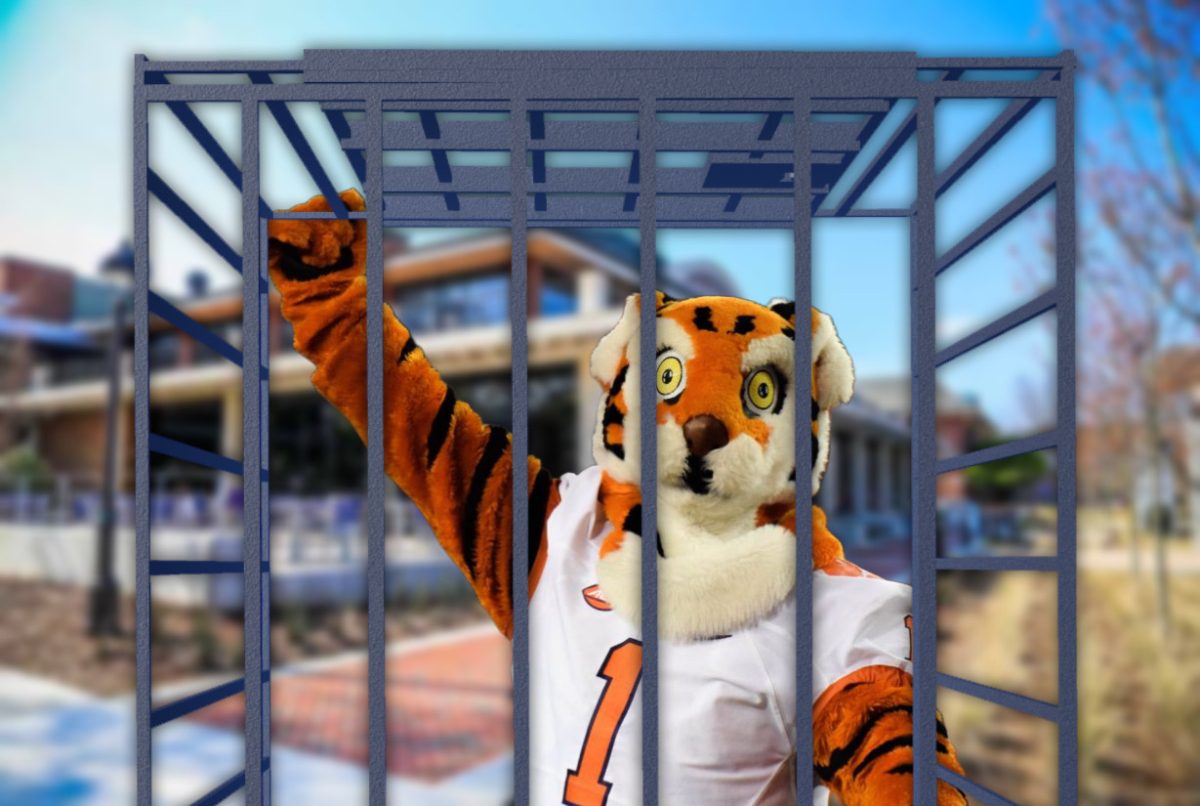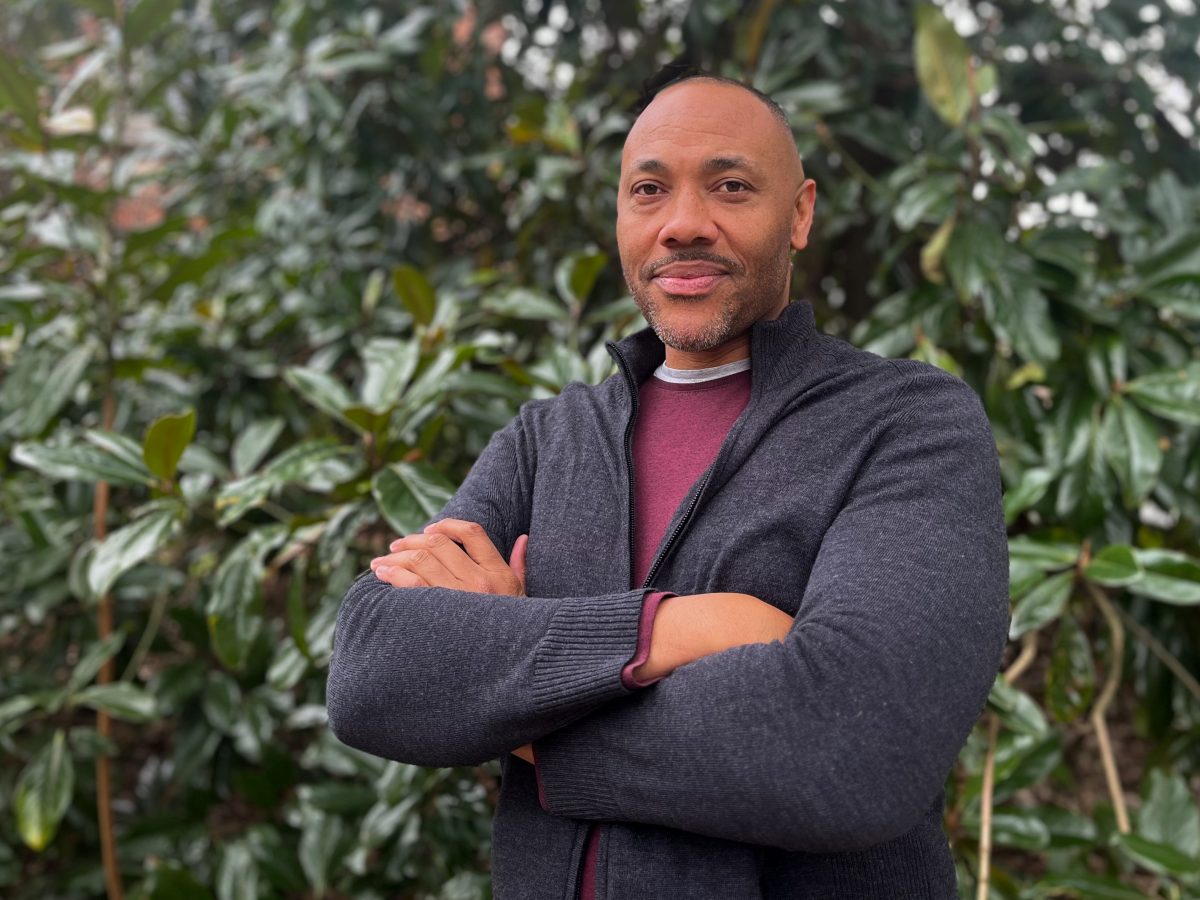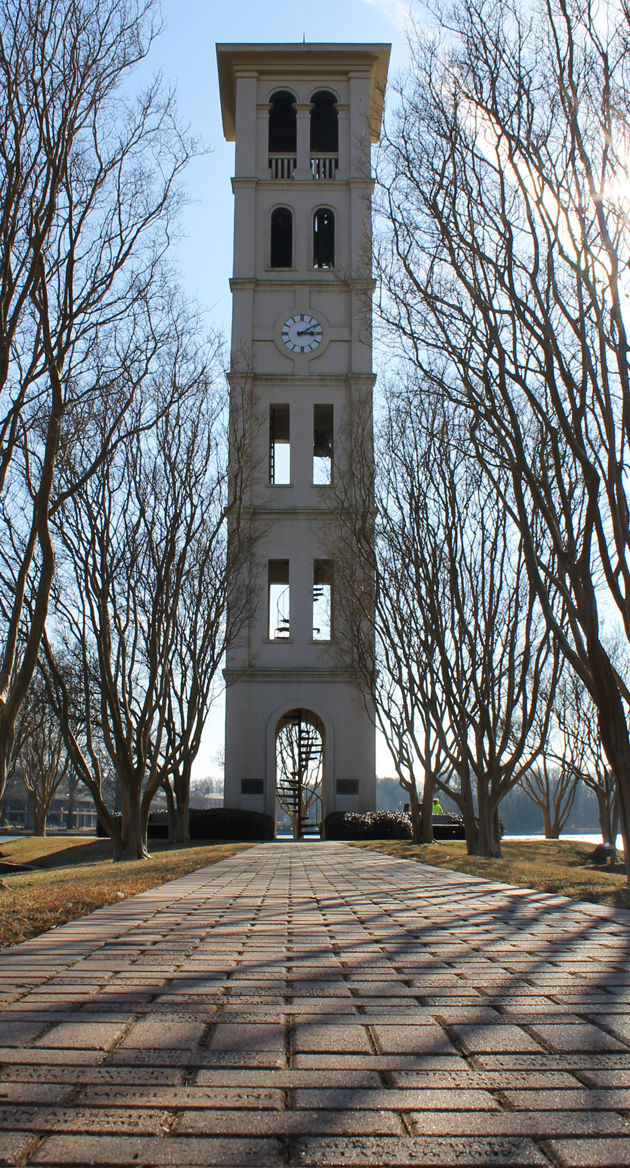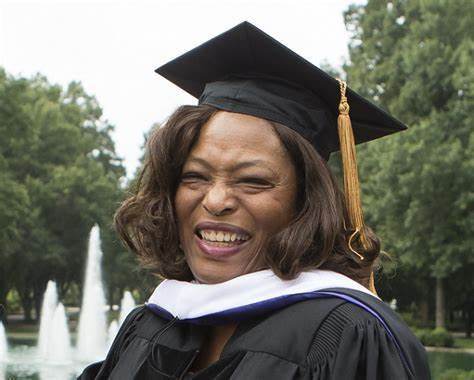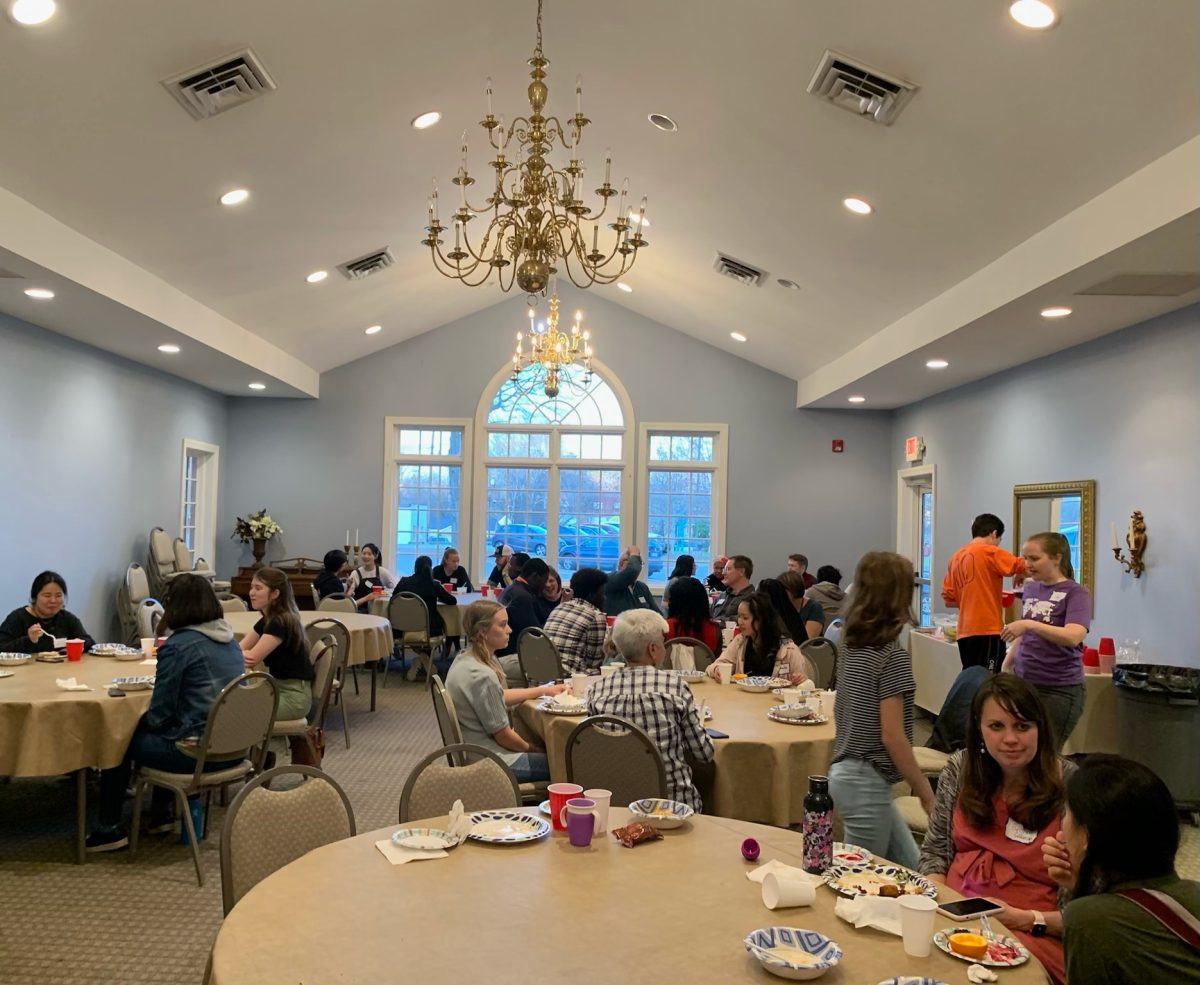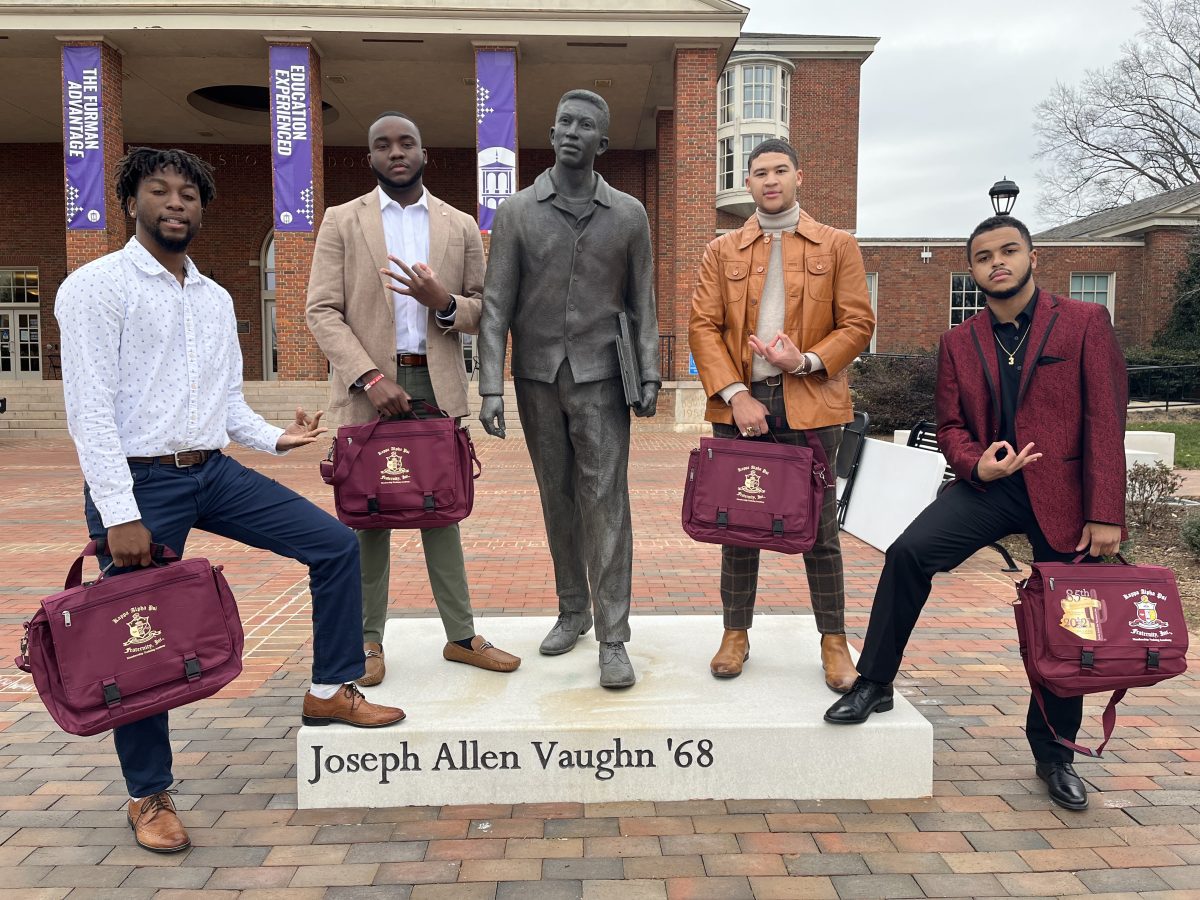During the widespread chaos of last summer and amidst the pandemic sweeping across the world, America underwent a civil movement. Protests erupted over the unlawful death of George Floyd, prompting many to consider institutional corruption within the U.S. and the need for crucial reform within the justice system to address police brutality. Amidst these global discussions concerning race and inequities, a controversial instagram account was created to highlight aspects of the minority experience at Furman University.
The account, called “@BlackatFurmanUni,” featured stories of current and former minority community members, and drew attention to the actions of individuals and the institution that negatively impacted the community members who chose to submit their stories. As a high-school senior, looking forward to starting my college life at Furman, the account was appalling. Even knowing that the majority of the student population at Furman is white, I had never imagined that minority students would face so much prejudice on campus. Finding a campus where I could feel safe and welcome was a crucial aspect in my college decision process, so reading these posts made me question whether Furman could provide the environment I sought.
I found myself checking the account daily, each post recounting atrocity after atrocity. From old yearbook photos of students in blackface, recent accounts of students feeling like props for the University based on their identities, to departmental discrimination – the injustice seemed not only widespread, but recent.
Sitting at home reading these stories as a minority student took its toll. Both my parents are Native Americans, and grew up in small southern towns during the civil rights movement of the ‘60s and ‘70s. They recalled feeling uncomfortable in their own skin as they walked down the street, sensing the judgement they received for unchanging aspects of their identity. The stories shared on @BlackatFurmanUni made them reminiscent of that period, and they wanted a better experience for me. My mother shared that she did not want her past to resemble my future, leading me to consider why I wanted to attend Furman, and whether the stories I read on @BlackatFurmanUni warranted changing my decision.
These accounts were especially disturbing because they did not match my current experience with the University. Participating in Mosaic programming showed me the community on campus I could join. Through this organization, I met a group of students from diverse backgrounds who serve as respected representatives of the school. It seemed nearly impossible that it was the same school as what the Instagram account outlined. Seeing this expanding diverse community allowed me to envision a future where I could positively contribute to that growth.
Ultimately, making the decision to come to Furman was not easy. Over the summer, I was forced to weigh the community I envisioned myself joining with the potential risks of having a similar experience to those on @BlackatFurmanUni. Attending a predominantly-white institution has been a new experience for me, especially transitioning from the diverse area where I spent my childhood. Overall, my experience at Furman has been good. However, my positive experience does not diminish others’ negative experiences, which are important to acknowledge in the University’s search for diversity, equity, and inclusion.
I hope that Furman will continue to learn from the experiences of current and former community members, whether shared on platforms like @BlackatFurmanUni or in personal conversations. Although representation from minority communities here still has a lot of room to grow, many community members are working to make this a reality. Examples of this are seen in student groups such as Mosaic and Furman Justice Forum. Personally, I am trying to contribute to this progress by joining inclusion-based organizations and writing for the Diversity Matters section of The Paladin. Institutional steps, such as the construction of the Joseph Vaughn plaza and the influx of CLP’s discussing diversity and individualism, are also great steps toward a more inclusive campus. It is imperative to make students feel safe and accepted by their community, and heeding accounts of mistreatment is an important step in this pursuit. In spite of our individual and institutional failures, our community must continue to work towards a more inclusive campus, one that makes us proud.

